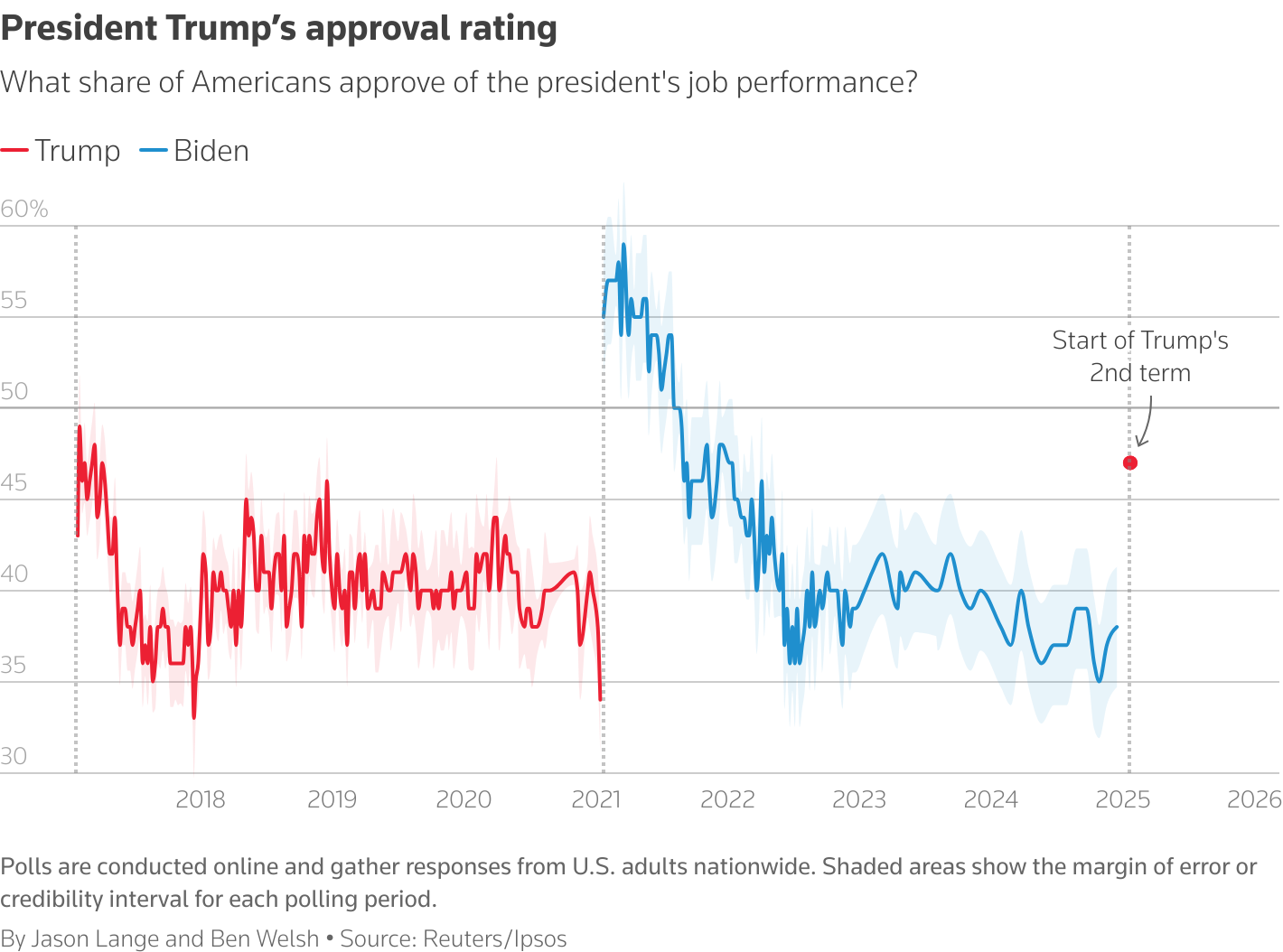Breaking The Deadlock: Understanding The US-China Trade Deal

Table of Contents
Historical Context: The Road to the US-China Trade Deal
The current US-China trade deal is the culmination of years of simmering tensions. The relationship wasn't always fraught with conflict; for decades, China's integration into the global economy led to significant growth, but also to substantial trade imbalances and complaints from the US. These imbalances, coupled with concerns over intellectual property theft, unfair trade practices, and forced technology transfer, fueled growing discontent within the US.
- Initial trade imbalances and complaints from the US: The US consistently ran large trade deficits with China, leading to accusations of unfair trade practices.
- Escalation of tariffs under the Trump administration: The Trump administration initiated a trade war, imposing tariffs on hundreds of billions of dollars worth of Chinese goods, prompting retaliatory tariffs from China.
- Negotiations and periods of temporary agreements: Amidst the trade war, several rounds of negotiations took place, resulting in temporary agreements but ultimately failing to resolve the underlying issues.
- Impact of the COVID-19 pandemic on trade relations: The pandemic further strained the relationship, exacerbating existing tensions and highlighting vulnerabilities in global supply chains. The pandemic also shifted the focus of negotiations to include medical supplies and other essential goods.
Key Provisions of the US-China Trade Deal (Phase One & Beyond)
The "Phase One" trade deal, signed in January 2020, represented a significant, albeit limited, step towards de-escalation. While hailed as a victory by some, it fell short of addressing all the major concerns. This agreement focused primarily on increased Chinese purchases of US goods and services, and improvements in intellectual property protections.
- Increased Chinese purchases of US agricultural products: China committed to purchasing a significant amount of US agricultural goods over a two-year period. This was a key demand from the US agricultural sector.
- Strengthening intellectual property rights protections in China: The agreement included provisions aimed at strengthening IP rights enforcement in China, addressing long-standing concerns about intellectual property theft.
- Commitments on currency manipulation: China pledged to refrain from manipulating its currency to gain an unfair trade advantage.
- Dispute resolution mechanisms: The deal established mechanisms for resolving trade disputes between the two countries.
- Ambiguity and lack of enforcement mechanisms in the initial deal: Critics pointed to the lack of strong enforcement mechanisms and the ambiguity surrounding several key provisions. The success of the deal hinged largely on China's willingness to comply with its commitments.
Economic Impact: Winners and Losers of the US-China Trade Deal
The economic consequences of the US-China trade deal have been far-reaching and complex, with varying impacts on different sectors and countries.
- Impact on US farmers and agricultural exports: The increased purchase commitments benefited US farmers, particularly those in the soybean and agricultural sectors.
- Effects on US manufacturing and jobs: The impact on US manufacturing was mixed, with some sectors benefiting from increased demand while others faced challenges from tariffs and supply chain disruptions. Job creation was not uniformly positive.
- Changes in consumer prices in both countries: Tariffs led to higher prices for some goods in both the US and China, affecting consumers' purchasing power.
- The role of supply chain disruptions: The trade war and subsequent deal contributed to significant disruptions in global supply chains, affecting various industries.
- Long-term economic consequences: The long-term economic effects are still unfolding, and ongoing research is needed to fully assess the impact.
Future Outlook: The Evolving US-China Trade Relationship
The US-China trade relationship remains highly dynamic and uncertain. While the "Phase One" deal offered a temporary reprieve, many significant challenges remain.
- Ongoing trade disputes and areas of unresolved conflict: Issues such as technology transfer, intellectual property rights, and market access continue to be points of contention.
- The Biden administration's approach to the US-China trade relationship: The Biden administration has signaled a more nuanced approach, focusing on cooperation in some areas while maintaining a firm stance on issues of unfair trade practices.
- The impact of technological competition and decoupling: Increasing technological competition and efforts to decouple the two economies are adding complexity and uncertainty to the relationship.
- The role of international organizations and multilateral trade agreements: The role of the WTO and other international organizations will be crucial in shaping the future trajectory of the US-China trade relationship.
- Predictions for the future trajectory of the US-China trade relationship: The future of US-China trade remains uncertain, with the potential for further escalation or a gradual de-escalation depending on policy choices and geopolitical developments.
Conclusion
The US-China trade deal is a complex and evolving agreement with significant implications for the global economy. Understanding its historical context, key provisions, economic impact, and future uncertainties is vital for businesses and investors navigating the global marketplace. The deal's success hinges on both countries’ commitment to compliance and further negotiations to address outstanding concerns. The ongoing nature of the US-China trade relationship necessitates continuous monitoring and analysis. Stay informed about developments in the US-China trade relationship and its impact on global markets. Further research into specific industry impacts of the US-China trade deal is recommended for a more in-depth understanding.

Featured Posts
-
 Tebas And Ancelotti Spar Over Rest For Real Madrid Players
May 16, 2025
Tebas And Ancelotti Spar Over Rest For Real Madrid Players
May 16, 2025 -
 Experience The Excitement Nhl 25s Revived Arcade Mode
May 16, 2025
Experience The Excitement Nhl 25s Revived Arcade Mode
May 16, 2025 -
 Jiskefet Ontvangt Ere Zilveren Nipkowschijf Een Terugblik Op Hun Carriere
May 16, 2025
Jiskefet Ontvangt Ere Zilveren Nipkowschijf Een Terugblik Op Hun Carriere
May 16, 2025 -
 Javier Tebass Sharp Rebuttal To Ancelottis Real Madrid Rest Plea
May 16, 2025
Javier Tebass Sharp Rebuttal To Ancelottis Real Madrid Rest Plea
May 16, 2025 -
 Trumps Second Term An Examination Of Presidential Pardons
May 16, 2025
Trumps Second Term An Examination Of Presidential Pardons
May 16, 2025
